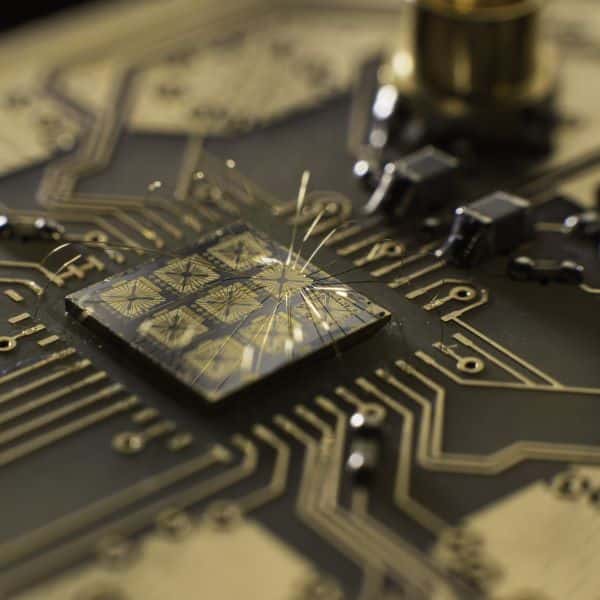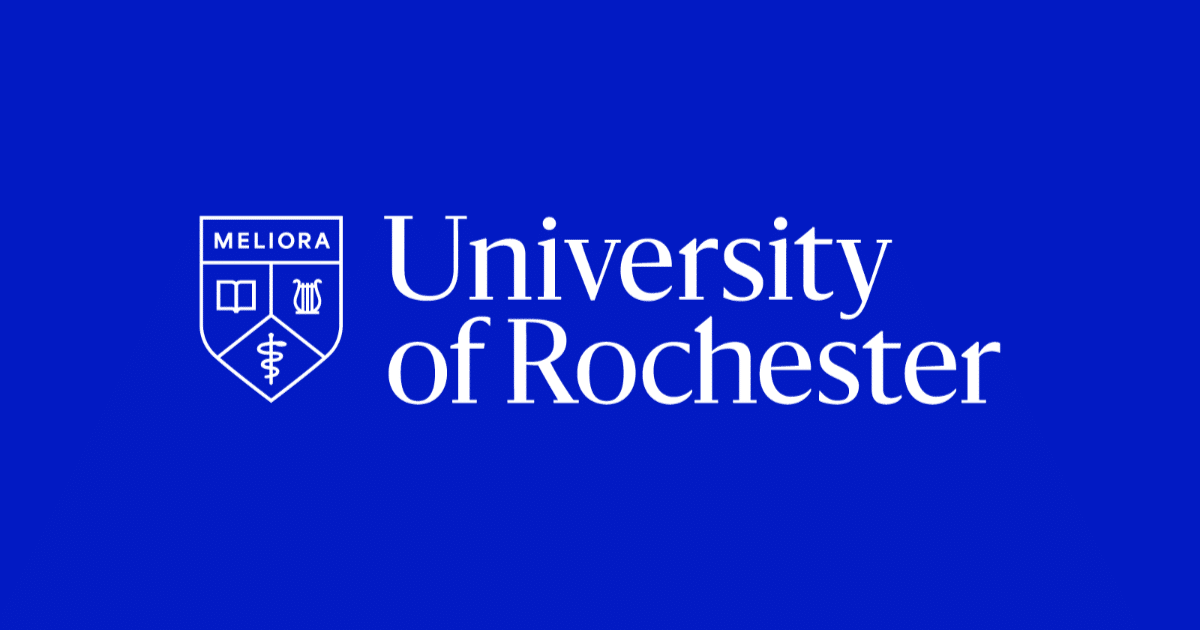On-ramp to the semiconductor superhighway
In October, President Joe Biden and Secretary of Commerce Gina Raimondo designated 31 communities across the country as Regional Innovation and Technology Hubs, authorized by the CHIPS and Science Act, sponsored by US Senate Majority Leader Charles E. Schumer and Senator Todd Young. Each of the tech hubs is responsible for developing and growing a particular innovative industry, such as clean energy, artificial intelligence, and quantum computing. One of these exclusive designations went to the Buffalo-Rochester-Syracuse region.
Operating as the NY SMART I-Corridor Tech Hub, the three-region consortium—of which University of Rochester is an educational and lead partner—is one of four hubs tasked with helping the nation regain leadership in semiconductor manufacturing.
“The University is excited to roll up its sleeves,” said University President Sarah Mangelsdorf on leveraging the consortium’s collective strengths and assets to become a global leader in semiconductor manufacturing. “No region is better positioned.”
MIT’s Jonathan Gruber, the Ford Professor of Economics, and Simon Johnson, the Ronald A. Kurtz (1954) Professor of Entrepreneurship, share that sentiment. In their book Jump-Starting America, Gruber and Johnson include a Technology Hub Index System that put Rochester, Syracuse, and Buffalo-Cheektowaga-Niagara Falls at #1, #3, and #15, respectively, for metropolitan areas with the greatest potential to become tech hubs. Schumer—who has relentlessly championed the innovation merits of upstate New York—made sure to mention that in his appeal to Secretary Raimondo.
In an official statement, Schumer said he created the program—referring to the tech hub designations within CHIPS and Science Act—with upstate New York in mind. “Buffalo, Rochester and Syracuse are officially on the road to becoming America’s semiconductor superhighway,” he said.
The University’s work with the consortium is example of Boundless Possibility, the University’s 2030 strategic plan, in action. Promoting research commercialization and cultivating strategic industry partnerships that support the region’s emergence as a global hub for innovation and technology creates the opportunity to improve our research facilities and operations and—more broadly—boost our reputation as a leading global research institution.
goal addressed
Related updates
President Sarah Mangelsdorf reflects on the University of Rochester’s strong progress, campus growth, and resilience heading into 2025–26.
The refreshed brand builds on the University’s 175-year legacy while spotlighting its vision and values.
Rochester’s interim vice provost explains how global challenges require united, university-wide efforts for global engagement success.









